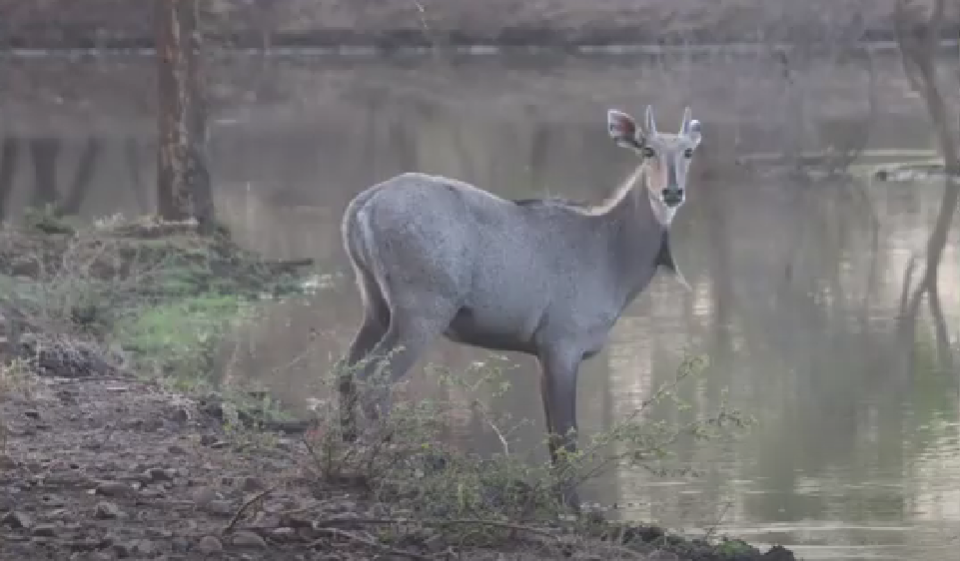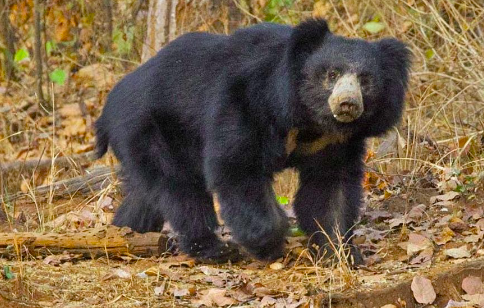Ranthambore National Park, located in the royal state of Rajasthan, has become a top destination for wildlife lovers and adventure enthusiasts. Famous for its vibrant Bengal tiger population, the park offers an exhilarating safari experience, allowing visitors to get up close to these majestic creatures and fully immerse themselves in the beauty of nature.
Ranthambore National Park spans over 1,334 square kilometers and is a haven for a diverse range of flora and fauna. Once a royal hunting ground for the Maharajas of Jaipur, this vast stretch of wilderness is now one of India’s most celebrated national parks. The park is not only home to Bengal tigers but also hosts a variety of other wildlife, including leopards, sloth bears, sambar deer, and hundreds of bird species. The park’s rugged terrain, dotted with ancient ruins and lakes, creates a perfect backdrop for a thrilling wildlife adventure.
MY EXPERIENCE IN ZONE 6: MORNING SAFARI ADVENTURE
Embarking on a tiger safari in Ranthambore is always an exciting prospect, and my morning safari in Zone 6 was no exception. We started our journey early, leaving our hotel and heading to the pickup point for our gypsy. As we set off, our guide emphasized the importance of carrying identification, whether virtual or physical, for the safari. This is crucial for entry, so make sure to have your ID with you at all times.
Ranthambore morning tiger safari began with a bit of a humorous hiccup—my microphone fell from the gypsy, and we had to stop and retrieve it. Once we were back on track, we settled into the six-seater gypsy, which comfortably seats three people in the front and three in the back.
Zone 6 is home to three tigers—two females and one male. However, tiger sightings are always a matter of luck, and our guide advised us to speak quietly and refrain from littering to increase our chances of spotting one. Unlike other zones with multiple lakes, Ranthambore Zone 6 has only one water body, a pond, which plays a crucial role in attracting wildlife.
As the safari progressed, we spotted a variety of animals, including nilgai, deer, and sambar deer. Morning safaris generally offer better chances of tiger sightings, and we were hopeful as we continued our journey. At one point, we heard faint rustling sounds, and soon we spotted a bear from a distance. The excitement was building as our driver steered the gypsy closer to the bear, and we eagerly awaited a tiger sighting.


Our guide employed two key methods to track tigers: their network of fellow guides and the warning calls of other animals. Warning calls occur when animals like sambars spot a tiger and alert others with specific sounds. We heard a few of these warning calls and quickly moved towards the location, but luck wasn’t on our side that day. Despite our efforts, we didn’t spot a tiger in Zone 6.


Although we didn’t see a tiger during our morning safari in Zone 6, the experience was still incredible. The thrill of the chase, the beauty of the landscape, and the variety of wildlife made it a memorable adventure. A tiger safari in Ranthambore is always worth the journey, whether you spot the elusive big cat or simply enjoy the serenity of nature. If you’re planning a visit, remember that each safari offers a unique experience, and the unpredictability is part of the excitement. So, pack your bags, carry your ID, and get ready for an unforgettable adventure in Ranthambore National Park!
If you want to know our experience in zone 4 where we spotted tiger Ganesha then you can visit our zone 4 blog as well as video on you tube.



